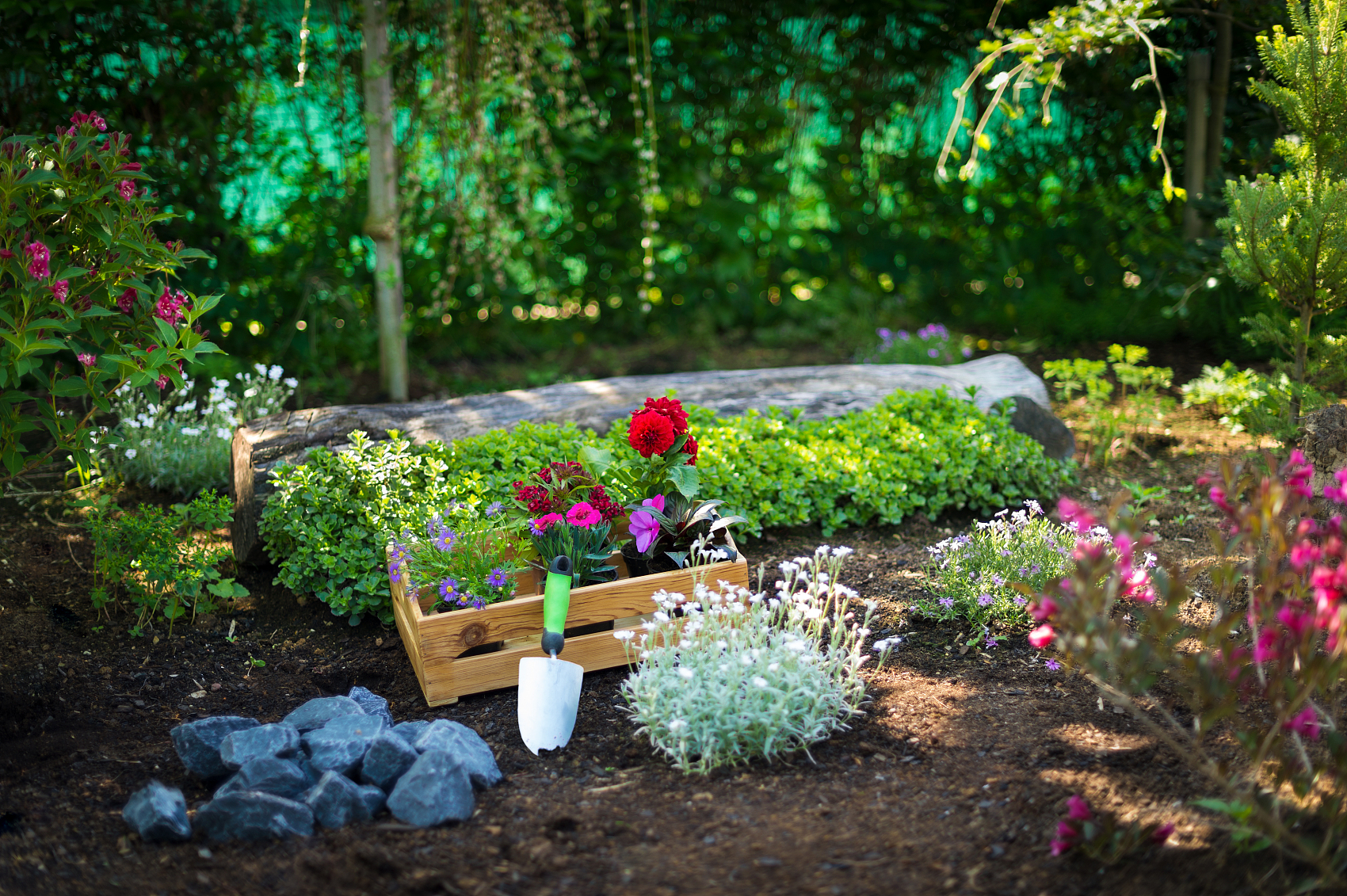Eggplants, or Solanum melongena, are not just versatile and delicious; they’re a gardener’s delight! Whether you’re craving eggplant parmesan or baba ganoush, knowing how to grow this plant can yield a bountiful summer harvest. Here’s what you need to know to get started:
Types of Eggplant: From the classic deep purple to striking bicolored varieties, eggplants can be large, small, or somewhere in between. They’re a member of the nightshade family, which includes tomatoes and peppers.
Growing Conditions: Eggplants thrive in sunny spots with rich, well-drained soil. They prefer warm conditions, so plant them when temperatures are consistently above 60°F. Use stakes or cages as these plants can bear quite heavy fruit.

Planting: Start seeds indoors about 8-10 weeks before the last frost or buy seedlings from a nursery. Make sure the soil is at least 70°F before planting outside. Space them at least 2 feet apart and water thoroughly.
Care Tips: Eggplants need full sun, about 6-8 hours daily, and about an inch of water per week, more if it’s very hot. Keep the soil moist but not soggy and consider using a drip irrigation system to avoid wetting the leaves, which can spread disease.
Fertilizing: If you’ve enriched the soil with compost or manure, a mild liquid fertilizer like fish emulsion every few weeks is sufficient. Avoid high-nitrogen fertilizers as they can promote foliage over fruit.
Harvesting: Pick the fruits when they’re shiny and nearly full-sized but before they lose their glossiness. Regular harvesting encourages more fruit production.

Pest Management: Eggplants can attract pests like flea beetles and aphids. Consider companion planting with French marigolds or oregano to help repel pests and attract beneficial insects.
Growing eggplants can be rewarding, especially when you follow these tips to create the perfect conditions for your plants. So why not add some to your garden and spice up your cooking with home-grown produce?













